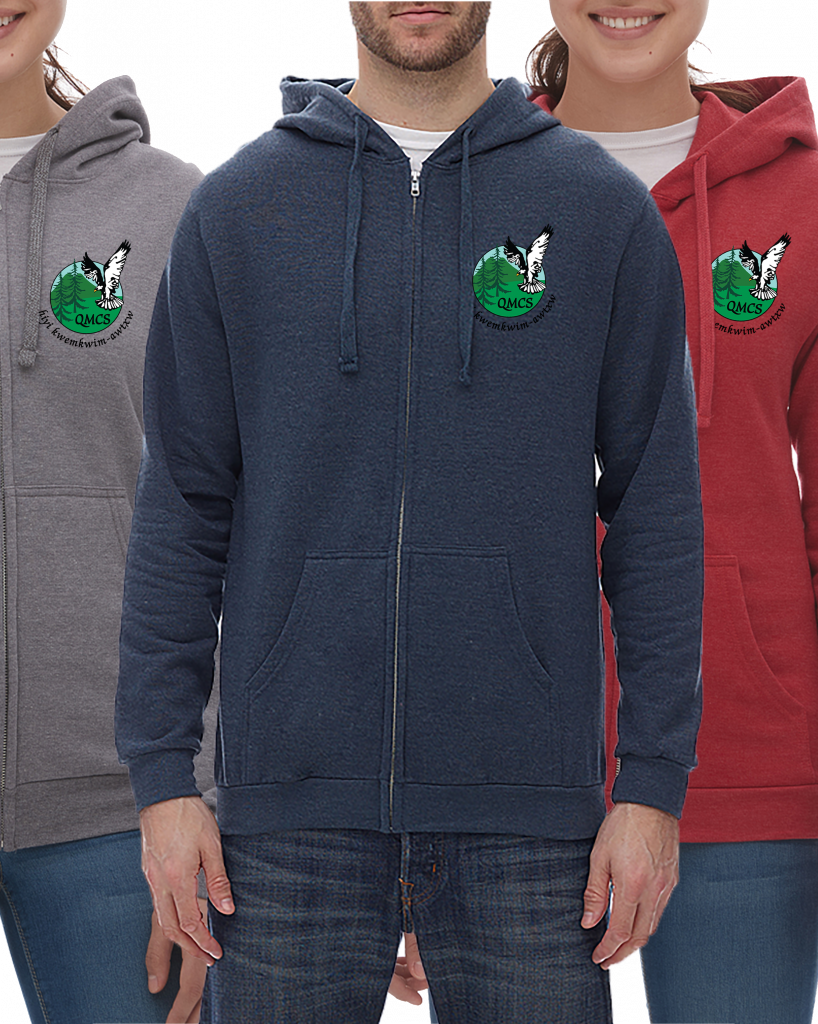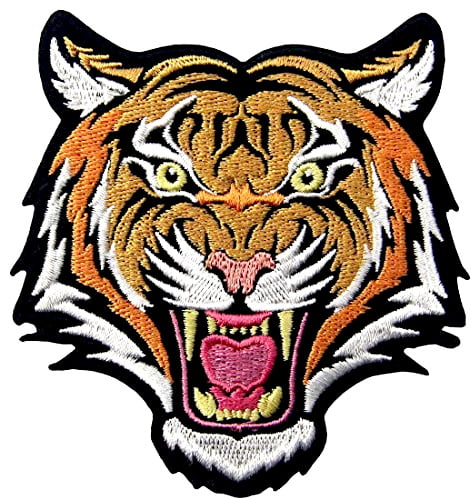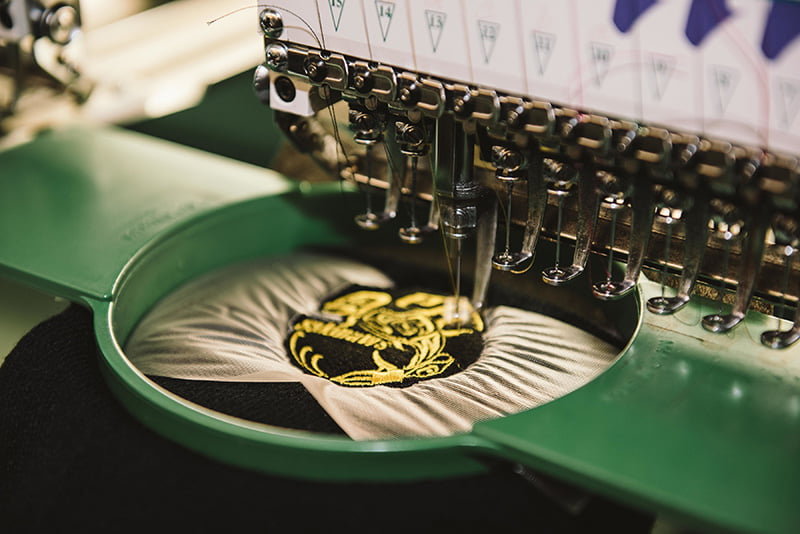GetBold Is Your Best Source for Creative Embroidery in Vancouver

Our embroidery adds durability, dimension, and impact to your logo that can only be achieved with our process.
In our large and specialized embroidery department, we have the best tools to reproduce high-quality logos and other graphics that can be embroidered on a wide range of garments.
We have state-of-the-art Machines and expert operators with the skill and care to do the job right. The result is a first-class image of exceptional quality.
We know that every job is unique, and we know what to look out for—threads don’t pull, and shirts don’t pucker.
Some of our projects are more time-consuming, complex and difficult. Many times, we take on challenges that other shops won’t. We do this because it allows us to demonstrate our skills and maybe because we think that the design is cool! We are up for a good challenge.
Embroidery Has Its Advantages
- Embroidering is effective for runs of any size, large or small.
- Thread colours can be specified. If you don’t specify, our experienced art department will colour-match as closely as possible to your artwork.
- Our embroidery delivers a high-quality finish, is very long-lasting and hard-wearing, and presents rich vibrant colours.
- It is even possible to embroider directly over seams.
- Embroidery can be produced from artwork that is of a lower quality or resolution than what is required for printing.
- An embroidered design uses thread, so it withstands the rigours of daily care and washing. Many times, we find that an embroidered logo outlasts the garment.
- Embroidery has an impact. Nothing looks as smart and professional as an embroidered image when done correctly.
- Embroidery works well on durable materials such as fleece or heavy cotton.
Embroidery Also Has Some Disadvantages
- An embroidering process won’t reproduce certain smaller, more complicated details and subtle variations as well as other methods of reproduction. Needle and thread can only allow for hard-edge artwork. Fading, shading, and gradation are still very limited using embroidery.
- As you can imagine, it can compromise waterproof materials.
- Pantone colour cannot be matched exactly, although we can help advise you on the closest equivalent. There is also a limit to the number of different colours that can be used per design.
- Embroidery embellishments can be no more than 400mm square. Pricing is based on the number of stitches in the design. So, the cost is based on size.
- Some garment fabric can hold embroidered designs better than others.
- It is generally more expensive than other design methods. You pay for the impact of embroidery.
- Also, small text is difficult to reproduce and may not always be readable. 5mm text is the limit, but 8mm text is preferable. Sometimes it might be necessary to make minor adjustments to achieve the best result.

The Process Is the Product
When deciding whether to print or embroider, there are two main aspects to consider–the source artwork and the fabric. The design should be simpler and have hard-edged blocks of colour instead of subtle details and gradations. Fabrics such as t-shirts may shrink in the wash, but the embroidery won’t. To avoid the image puckering with distortion, make sure you embroider on thicker, heavier fabrics like polo shirts, golf shirts, jackets, hats, and sweaters. Any sturdy fabric can be embroidered. And to keep the cost reasonable and to avoid discomfort, keep the image to a reasonable size. If you start with the end in mind, you have a better chance of success. Watch the video on our home page.
We make it easy for you to order.




